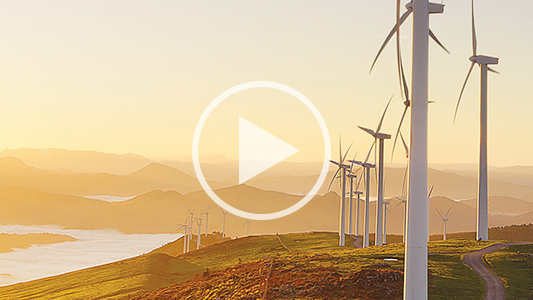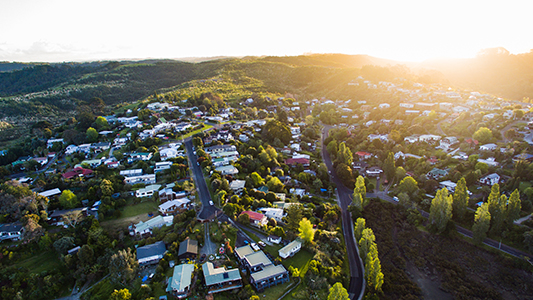INSIGHTS
WHY HAS THE NZ ECONOMY CONTINUED TO BE SO RESILIENT?
Mark Lister, 7 May 2021
The New Zealand economy continues to display surprising resilience. We’ve seen a couple of releases over the past week or so that have highlighted this point, and these are proving some of the more downbeat economists and commentators wrong.
One that caught my attention was the ANZ Business Outlook survey for April, which came out last week. Business confidence posted a pleasing rebound, increasing compared to the March figures as well as the readings we saw in the preliminary April release.
The Own Activity measure in this survey was up more strongly. It rose to 22.2, which is the highest we've seen since September 2017.
I pay more attention to this than I do the headline numbers. It’s proven to be a far better predictor of where growth is headed, probably because it focuses on what business owners know best, rather than what they assume is happening more broadly.
Business confidence is a crucial piece of the recovery puzzle, because it impacts behaviour. When businesses feel upbeat about the future, they are more likely to take on new staff, embark on growth strategies and invest for the future.
When businesses are down in the dumps, they become cautious and retrench. This feedback loop sees activity drop away and we risk talking ourselves into a slowdown.
This improvement in confidence tells us that the economy is in better condition than many might’ve thought. While recent housing policy changes will have dented confidence among landlords, the Trans-Tasman travel bubble appears to have offset this and given some cause for optimism.
The other piece of good news was the March quarter labour force report, which was also better than expected.
The headline grabbing part of this survey is the unemployment rate, which fell to 4.7 per cent. This was better than the previous quarter’s 4.9 per cent, and it came in contrast to an expected increase.
At 4.7 per cent, we’re not terribly far above the very tight 4.0 per cent that prevailed before last year’s pandemic, which was getting close to what many would consider full employment.
The lowest unemployment rate we’ve had over the past 15 years is 3.4 per cent, just before the global financial crisis hit. Sadly, there are a range of social factors which make it challenging to get very far below that level.
However, the unemployment rate alone doesn’t tell the full story, and we need to dig a little deeper to ascertain whether the labour market is genuinely improving.
The underutilisation rate is one such indicator, and it increased slightly to 12.2 per cent. This essentially captures people that are underemployed, which could mean those who are working part-time but would prefer to have full-time work, or those who aren’t working as many hours as they would like.
These examples of labour market slack aren’t reflected in the headline unemployment rate, and the higher underutilisation rate points to a reasonably large group of workers who aren’t getting as much work as they need.
The participation rate is also important, and this is headed in the right direction. It improved to 70.4 per cent, which isn’t far off pre-pandemic levels. This was driven up by increased participation by women, which is pleasing as women found themselves worse off than men during last year’s recession.
There are still many challenges facing the New Zealand economy, with the impact of the closed borders on the tourism industry the most notable. Rising prices and an unaffordable housing market are also of some concern, especially against the backdrop of only modest wage growth. The relationship with our biggest customer, China, is also getting increasingly more complex to manage.
However, the big picture view is still one of improvement and resilience, so we should celebrate that strength. For investors, a robust economy against the backdrop of ongoing support from policymakers should mean high quality local companies with strong management and attractive growth prospects remain well placed.




